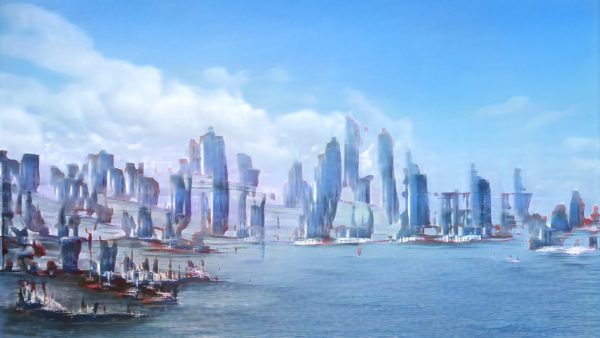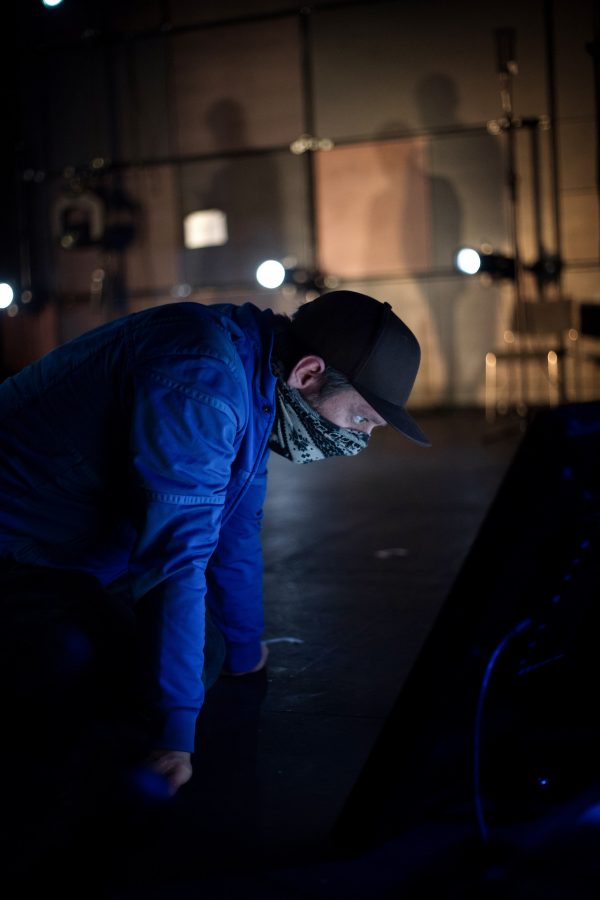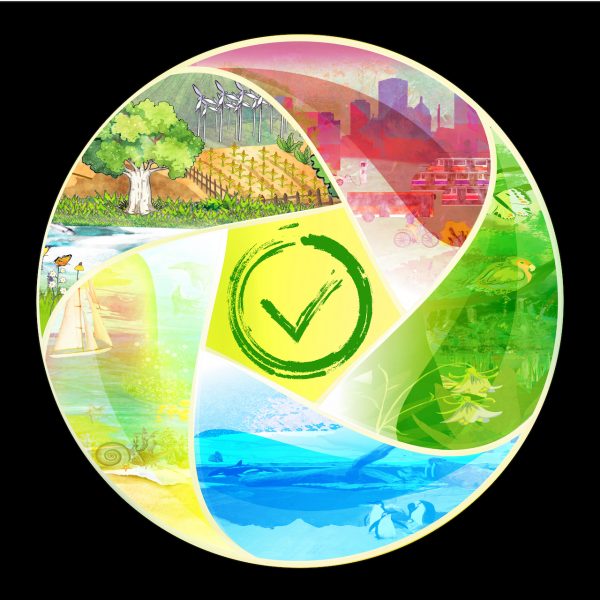Richard Moores of GLE on Collaboration

‘There is no right or wrong in this exercise.’ Tash Aw’s advice to those embarking on the journey into writing in ‘Where Do Stories Come From?’ could have been a mantra for the evolution of the 3 projects GLE worked on: at the same time reassuring and terrifying in its openness.
Collaboration was the force propelling the projects forward. As the technologists (the ‘experts’) we could evidence our past work, explain our skills and speculate about what we might be able to achieve but the works always had to be guided by and stay true to the sensibilities of the writers, who in turn needed some reference, some kernel of design in order to begin.
The nature of collaboration had also been completely disrupted by the virus, the third unwelcome party in the process. Meeting as a team was impossible for months, though we were constantly in meetings, maintaining the creative momentum proved difficult.

So, the final form of the projects would fluctuate, following the contours of the graphs charting the progress of the pandemic. Should we be designing for a physical installation? Would anyone be prepared to wear a headset in a public space? Would theatres even be open at all? Contingences multiplied as each option suggested a different technological approach for the delivery.
Central to all the designs was the notion of accessibility, of democratizing access; the act of writing, or storytelling, needs none of the infrastructure essential to technology and we were keen not to create gateways to the experiences which would exclude the very groups they were hoping to reach.
The pandemic forced us all to reassess this position. As the possibility of sharing physical space vanished, we had to get to grips with networked interaction. Ironically, the pandemic also accelerated development of the technology we were using. For James McDermott’s play, Senseless, we had chosen to explore the possibilities of ‘XR’ – ‘extended reality’ filming techniques in theatre. Previously the preserve of much bigger budget television or film production, the approach came within reach as the need to shoot in smaller studios with reduced crew prompted media server and game engine developers to prioritize that aspect of their tools.

The projects came full circle; turning from located based installations to web sites and embracing emerging standards like webXR in the process. Design for web we discovered is a huge subject in itself as the structure of the web imposes its own constraints and possibilities. Again, game engine technology provided the environment for rich media experiences. Mitch Johnson’s piece ‘The Living Book’ was created using the open source free Babylon.js (any similar library could have served the purpose – aframe, playCanvas, three.js). We simply had to choose and run with it. Online, a different set of considerations became relevant – device compatibility, platforms, web browser variants, download speeds and scalability. ‘Where Do Stories Come?’ leans on Gatsby, another open source Javascript library freely available. Here the tension between the traditional worlds of writing and technology is visible in nostalgia of the writing table clashing with the AI generated artwork of the ‘postcards’, itself an analogue throwback.
The works remain prototypes – they are baby steps into these fascinating areas of research and can be taken so much further now we an understanding of the technology and values involved. We hope by collaborating, we can discover the right direction; even to get even this far has been quite a journey.
– Richard Moores